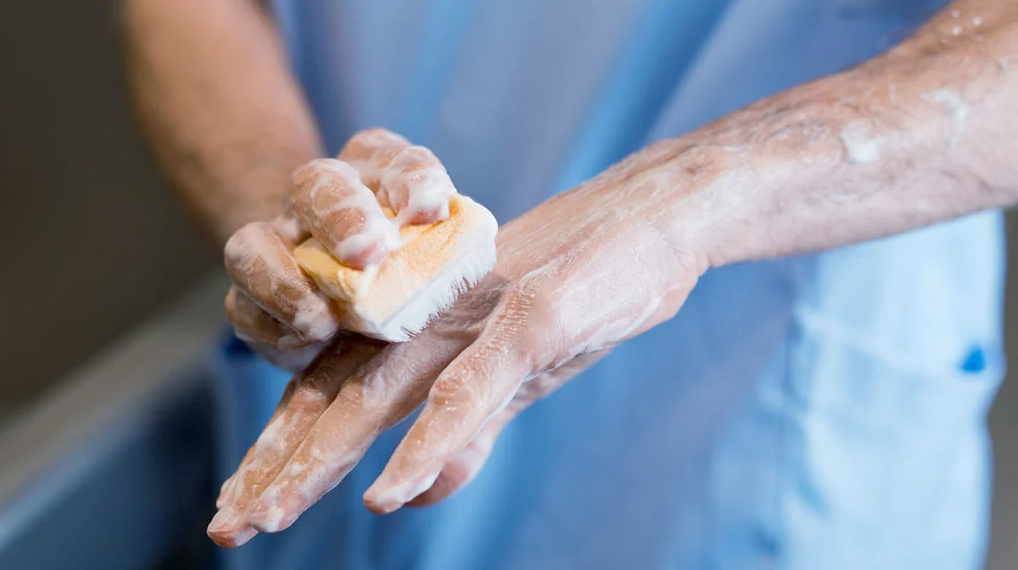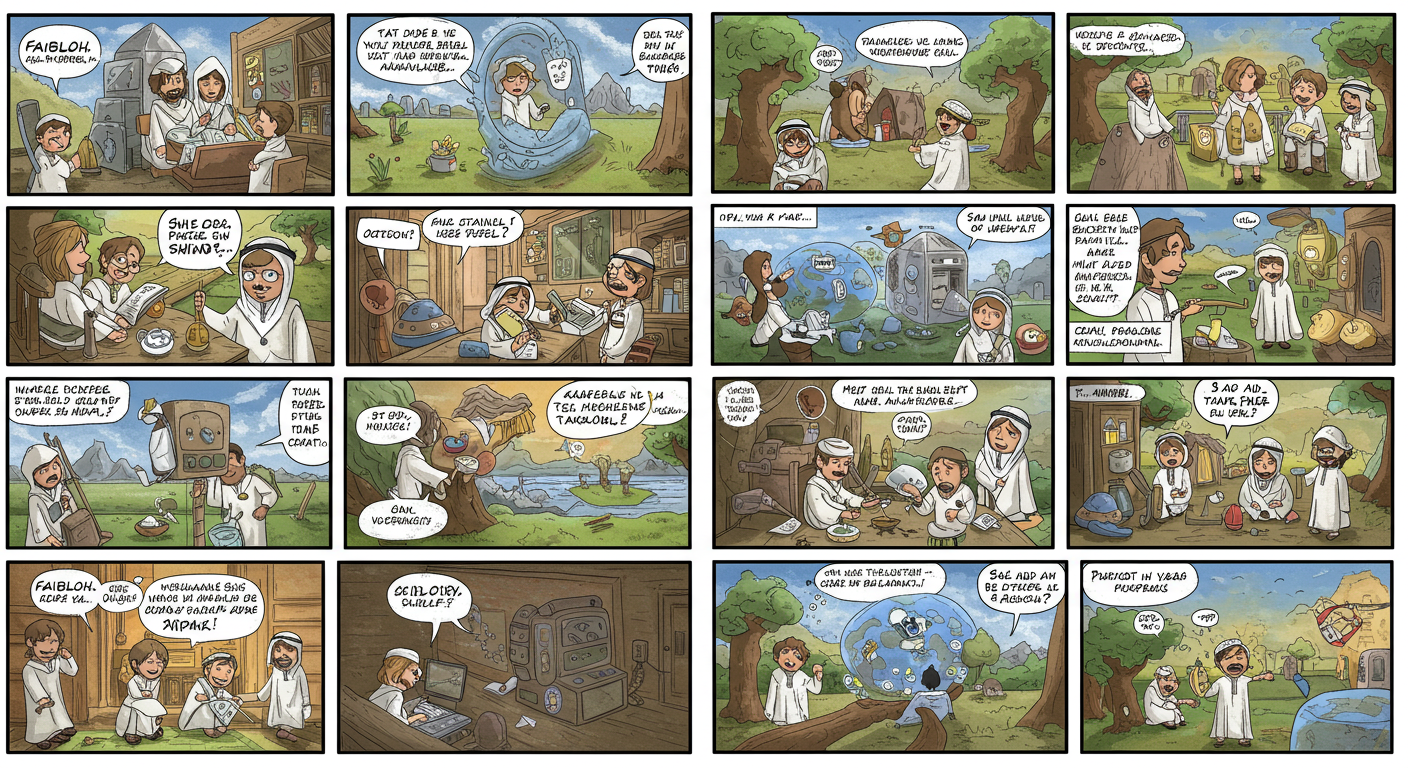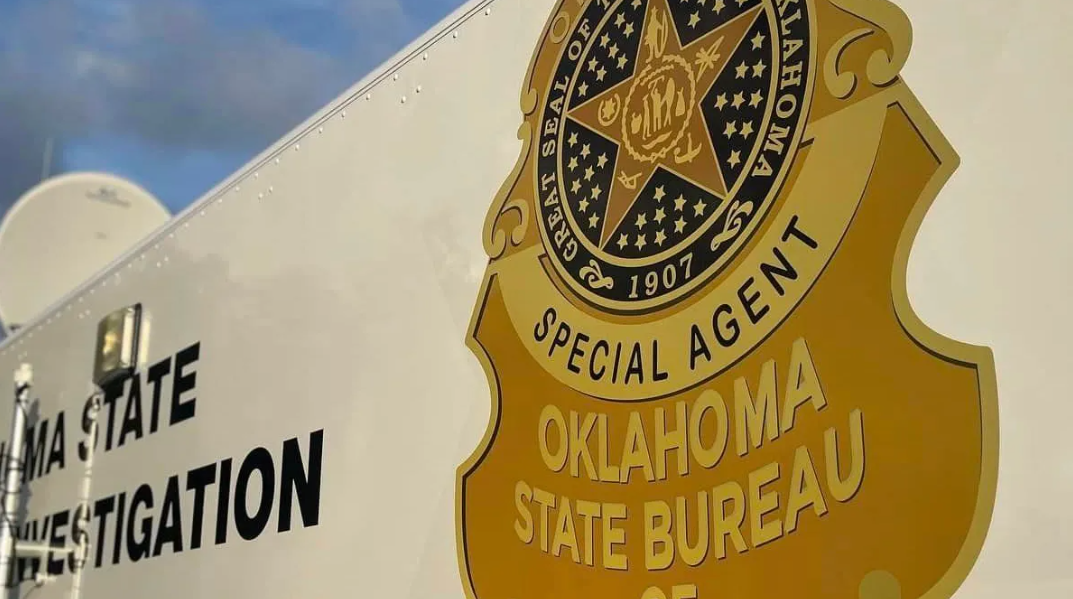Overview
At the time of this writing, only the potential for a pandemic has been mentioned, and summer approaches; not your “usual” cold and flu season. One school of thought is that we will see a relatively minor wave of flu cases which will diminish toward the end of the summer. However, when fall starts and schools are back in session and traditional cold and flu season begins, it’s possible we’ll see a more massive wave of infection and reach true pandemic status.
This short article is not intended to be a medical or scientific discussion of the current strain of flu or its treatment. Instead, this piece is meant to inform law enforcement of some of the many unique threats and assets that may present themselves during a developing pandemic, along with some tips on what to do at present to mitigate future problems or obstacles.
The Hidden Threats
Aside from the obvious concerns related to staffing, service, and supply shortages that will likely affect police work in general, a pandemic scenario carries with it unique issues based not on the disease itself, but on both official and societal reactions to the emergency.
As a pandemic progresses in severity, the most probable reaction will be “mass social distancing” whether instituted or spontaneous. “Instituted” would insinuate that government entities have enacted measures leading to social distancing such as the closure of schools, public gatherings, non-essential business, and possibly setting curfews, leaving people with little to do but remain home. “Spontaneous” social distancing would occur when families take it upon themselves to stay out of public locations. We may see spontaneous school closures when parents keep their children home en masse, and parents remaining at home to care for their children will see some business curtailed as a result. Other threats could present themselves as well.
- Robberies, particularly bank robberies, are likely to increase. People will begin wearing the N95 cloth masks in public, and one of the first groups of people to take advantage of this will be the criminal element who will realize they can easily walk around in public already wearing a mask. Given the current financial situation, the stress and civil unrest added by a developing pandemic and the resulting economic effect of a pandemic, it is probable that the numbers of potential robberies will increase substantially.
- Domestic violence may increase dramatically since social distancing will alter the family dynamic. Families are accustomed to being apart for most of the day, and in this scenario, everyone will be home and “on top of each other” with the pandemic itself adding a level of stress. The potential for loss of income will also add considerable agitation to an already difficult situation and domestic violence will be a likely result.
- Suicide and suicide attempts may also increase for obvious reasons.
- Though not directly police-related, there will also be an increased risk of fire. Cold and flu season is traditionally during the colder months and social distancing means that more people will be at home for longer periods of time and possibly using alternative heating devices (especially if there are issues with our critical infrastructure) for longer periods of time. Add to this the fact that more people will be cooking at home and we can readily see the risk for fire increases significantly.
- The potential for terrorism increases. We know pretty much every metropolitan area of the country has terror cells, and we must assume that some have standing orders to make a bad situation worse. For example, if we see mass social distancing that appears to be stemming the progress of the pandemic, we may see an attack on critical infrastructure. Water tops the list because people would have to venture out of their houses into groups to collect water from delivery trucks. This close proximity between people would negate the benefits of social distancing. Too, the loss of water would cripple effective treatment at hospitals.
The Hidden Assets
Just as a pandemic carries with it certain threats and negative issues, it will also create certain assets and advantages that should be recognized now so they can be put to use when the time comes.
- During a developing pandemic, local trade, tourism, and commerce will probably plummet leaving certain businesses closed… and available. Top of this list will be hotels and motels which can be pressed into service (through MOU, etc.) to serve as dormitories. Locations near precincts or stations could be used for officers wanting to stay away from their families (not bringing home the virus). You might look at having a rotation schedule for groups of officers. Motels near hospitals could be used as either dorms for their staff, or for off-site clinics for non-infectious, non-flu-related patients (such as the victims of domestic violence who don’t need to be taken to a flu-infested emergency room for the treatment of minor injuries).
- As schools close, your dedicated school resource officers will be freed up providing extra personnel or “force multipliers.”
- School counselors will also be freed up and could possibly staff phone banks from home. These phone banks can prove useful in dispute resolution (stemming from the domestic violence listed above), suicide prevention, grief counseling, and officer morale.
- As local business dwindles, some private security personnel may be freed up offering additional force multipliers useful in some capacity. To this list add private investigation firms. Many states, such as Georgia, require private-sector continuing ed hours to include regular instruction in the area of “homeland security” for just this purpose. Other private-sector assets related to this area include BENS (Business Executives for National Security), CERT (Community Emergency Response Teams), Neighborhood Watch, COPs (Citizens On Patrol), VIPS (Volunteers In Police Service), as well as Explorer Scouts.
- Additionally, as a pandemic progresses and the likelihood of an SNS (Strategic National Stockpile) release becomes likely, you’ll need secure transportation to safeguard the delivery of pharmaceuticals to the PODs (Points Of Dispensing). Your local private-sector armored truck companies should have plenty of units (with guards and drivers) that can be volunteered since it’s likely they won’t be needed for private commerce.
- One asset that will not necessarily be “created” but which is commonly overlooked in many community public health plans is the fact that many restaurants may be closed down, and some will still have a respectable supply of non-perishable food on-site (especially if they are closed down rapidly or too early in the game).
What to do Now
Though we may be at the beginning stages of a global pandemic, there is still time to set certain things in place to mitigate the negatives and strengthen reactive capabilities.
- Ensure your officers’ abilities to report for duty and remained focused on the tasks at hand by providing enhanced family preparedness instruction. Officers will more readily report when they know the family they leave at home is as well-prepared as possible. The short list of preparedness goals includes 4 weeks of food and medication, current medical checkups and adequate prescription meds (including dental checkups and vet checkups for pets), and entertainment for long periods of time in isolation at home. For a detailed preparedness information source, visit http://www.disasterprep101.com.
- Maintain communication with your department of public health or primary source of medical care to make sure officers receive prophylactic flu treatment if and when available.
- Set MOUs in place for those assets (listed above) you may wish to utilize in a pandemic scenario.
- Establish orientation / training sessions with those groups you may wish to utilize. Though most would not be directly involved in police work, many can be called upon to monitor their own neighborhoods to some extent or fulfill some lower level security function and thereby shoulder a small percentage of the workload.
- Set a policy to top off the gas tanks of all vehicles on a daily basis in case fuel supplies are interrupted.
- Start stocking a certain amount of non-perishable foods at the station in anticipation of a loss of food supply.
- Encourage your PIOs to perform community outreach functions and speak to civic groups on the topic of enhanced / last-minute preparedness. Fewer victims in a scenario such as this is always a good thing, and cementing the relationship between law enforcement and the general public is worth its weight in gold.
- Train all officers on infection control procedures to be used during arrests, to include masking suspects, regular handwashing, and squad car sanitation (see CDC interim guidelines for cleaning EMS transport vehicles). Officers should be equipped with N95 masks, eye protection visors, and nitrile gloves to protect themselves when handling arrestees, and while operating a contaminated vehicle.
- Determine a codified “altered standards of response” for periods of reduced staffing. For example, you might be able to justify a “no response” to nuisance calls such as someone playing a stereo too loud, but could you ignore a home invasion? Putting your reasoning in writing and in detail now may prevent future lawsuits.
- Once a pandemic is declared and mass social distancing enacted, raise the terror threat alert levels at critical infrastructure sites to red / high, and be ready for this eventuality by assisting these facilities in a review of their preparedness / business continuity plans today.
These are just a few of the hundreds of details law enforcement officers should know during a pandemic. We will try over the coming weeks to provide additional short articles to cover additional concepts.











